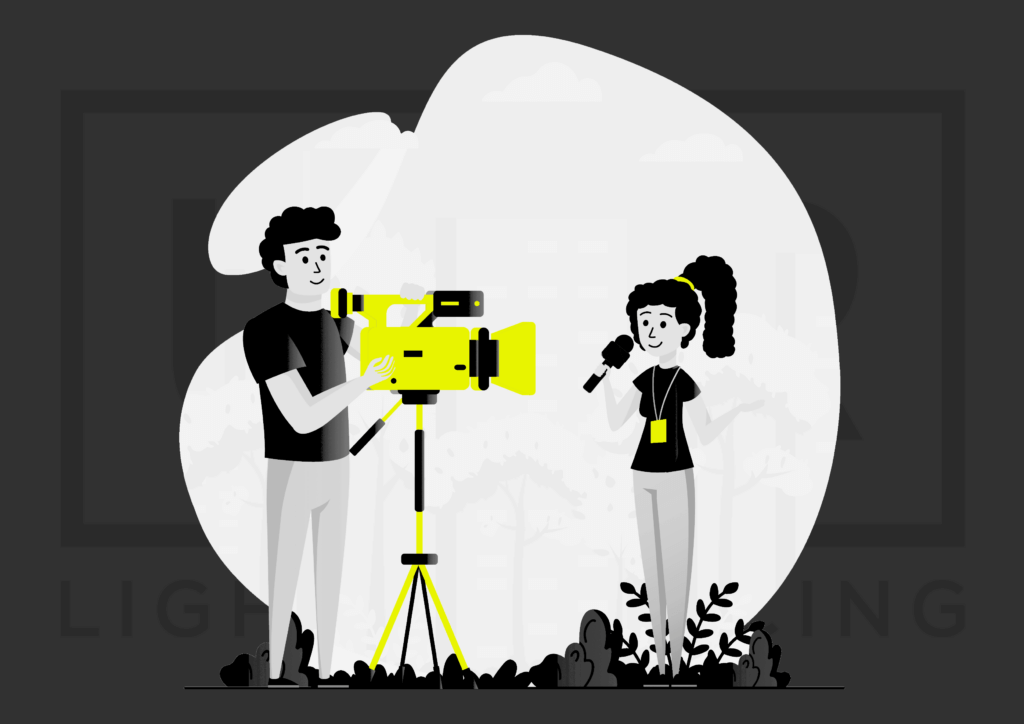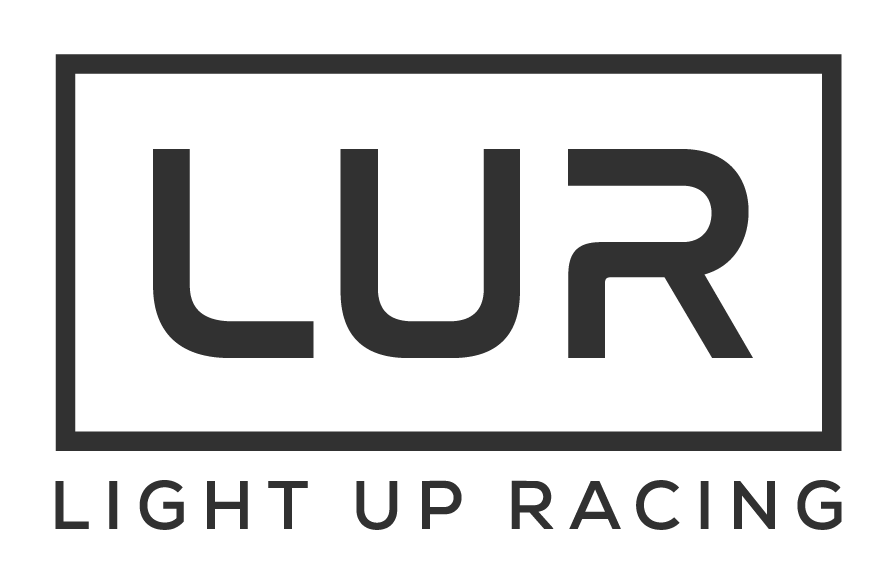This article is delivered in a presentation format.
SIX IMPORTANT SOCIAL CHANGE CONCEPTS
In an era where the horse racing industry faces unprecedented scrutiny and calls for reform, the path to sustainable change is illuminated not by isolated efforts but through the collective action of its community. Drawing on the profound insights from behavioral science, particularly the work of Damon Centola, Rachel Botsman, and Malcolm Gladwell, this article serves as a guide for navigating the complex landscape of social change within the industry.
Because coming together as a community is precisely how we are going to address this major perception issue our industry is currently facing.
To effectively address the industry’s perception challenges, it is imperative to understand the dynamics of social change. Damon Centola’s works, including “How Change Happens” and “How Behaviour Spreads,” offer invaluable insights into the role of community networks in the adoption of new beliefs.
If an industry is not talking, people will assume there is something to hide.
Rachel Botsman’s exploration of trust as a vital component of social change, along with Malcolm Gladwell’s “The Tipping Point,” further elucidate the mechanisms by which societal shifts occur.
There are six important social-change concepts that underpin our Light Up strategy, the research behind them and how we can apply them. Then I’ll explain your role in making sure this happens.
Social reinforcement across community networks trumps all else
In 1990 the German government realised it needed to improve its renewable energy resourcing, real quick and needed to jump start a solar polar revolution. So they devised a clever scheme called the 1,000 roofs initiative, aimed at starting a revolution toward solar power. So they provided information on the benefits of solar power, then allowed 1,000 roofs to be installed for free.
Now the campaign was remarkably successful – but not for the reasons you would think – not information nor incentives. The first roofs were installed in one neighbourhood; from there it spread. The social reinforcement homeowners got from their neighbours encouraged them to share the information and the incentive, so they installed solar power too. In fact a detailed analysis of the successful initiative which led to solar power being installed in 600,000 homes, found that neighbourhoodinfluences alone, down to the particular block and street people lived on, played the most important role in solar energy taking off.
Now, we are not the German government, but we do have a major attribute directly in common; a powerful community network that can influence the next neighbour. We are an industry of very strong ties – we live in our industry bubble, but that very thing that often stifles us from innovation and progression, will also be the key to addressingour perception challenges.
But back to why: why are we all in this room today, representing all areas of the industry? Because one consistent variable across every change psychology research book I have read, one element is abundantly clear – change – real change – not just information spreading but the adoption of beliefs – happens through community networks.
If an industry is not talking, people assume it has something to hide. As an industry, horse racing is not good at talking outside its own community network bubble – we hide away, keep our daily business largely to ourselves, and then are disappointed when we are misrepresented.
However, we, in this room, have the power to collectively change the narrative. We have the power to ensure our industry survives and thrives for future generations. It doesn’t have to be a lot of people – it just needs to be the right people, the passionate people who want to drive change, to collectively share the right messages, that hold the power to make big things happen.
Now let me explain precisely how… I’m going to take you through six important social change concepts that underpin our strategy, the research behind them and how we can apply them. Then I’ll explain how Light Up works to make sure this happens.
1. Complex networks change beliefs
Contrary to popular beliefs, social change is not controlled by influencers or viral marketing. While influencers and viral marketers are incredibly effective at spreading information quickly and are a symptom of change that is already happening, but they alone cannot change fundamental beliefs. It’s much more complex than that.
Ideas and beliefs do not spread virally; unlike a virus, exposure is not enough to “infect you”. When exposed to a new idea, you do not automatically adopt it. You form a decision about whether to accept it, reject it, or learn more. And that decision is complex and emotional – and far more dependent on your social network than you would ever realise.
I’m not talking about digital networks only here, but physical networks too – the conversation you have with the barista at the cafe or with your mates at the pub matter too.
In Graphic 1 you can see a Fireworks Network – similar to an influencer or a viral marketing campaign, you can see how information spreads from one node to another, and this can occur very rapidly.
This other network is called a Fishing Network, showing a slower form of information spread, whereby information shifts to a person but is then reinforced by another. Any change that requires real risk – like changing a belief, a subconscious perception – requires more validation than coming in contact with one random adopter. And the more resistance there is to the information, the more that information needs to be reinforced from several sources.
2. SOCIAL REINFORCEMENT (AND REDUNDANCY)
In Concept 1 I explained how the fishing network is the most effective way to share information in a way that will change beliefs. However, this is dramatically enhanced when we take the concept of social reinforcement. Through the fishing network, clusters will appear – looking like this.
In network clusters there is alot of social redundancy. I know you and you them and I know them I have a relationship you and you know him, a lot like our industry bubble – right?
Now you might assume that the most effective way to make change happen is through expansive reach. You tell that person way over there, who tells that person way over there in a different network – these are called bridges by the way. And you’d think that social redundancy – so I tell you and you who tells you and it comes back to me then you tell five people.. is inefficient and ineffectual. You’re right about it being inefficient but it’s actually anything BUT ineffectual.
Redundancy slows down the speed of information spread but it speeds up adoption. Shared contacts means your accountable for your actions and beliefs. People need to hear information several times over for it to really take effect and the need to trust the source that it’s coming from. You’re more likely to believe something if you hear it from multiple close sources. Reinforcement is key.
There’s three strategies that are commonly adopted for social change campaigns and information spread: The first is the shotgun, the viral marketing strategy – 10 people tell 10 people who do not overlap, the message goes far and wide. But because the person who receives the information is surrounded by people who did not receive the information, there is no social reinforcement, so it’s very ineffective in driving real change. An example is the ice bucket challenge; great for a one off, but not for driving real lasting change. Most people wouldn’t know what it raised money for, or donated to the cause, let alone continually donated for years to come.
The second is the silver bullet strategy, or the “influencer” strategy, where all efforts go into convincing one person based on the notion that person is so well connected, it will trigger a chain reaction. However, in changing beliefs and behaviour this strategy alone isn’t overly effective either, because it doesn’t connect multiple social circles, it only goes from one person outwards. And those people would struggle to get social proof. This is like the ‘Kardashian effect’ – it works once for a product, but doesn’t foster ongoing behavior change.
Which is why the third strategy – the snowball strategy, using wide bridges to share information – is so effective. It doesn’t allow for everybody at once to be convinced, but reiteration of a consistent message time and again will make it happen over time. This allows people to invalidate the information and gather social proof, through social redundancy – which incubates support and grows a critical mass. It’s unglamorous and pedestrian but the most effective method to drive real change.
3. Trusting the information
One of the main barriers to social change adoption is the trusted validity of information.
Trust in institutions is at an all-time low. Behavioral science research suggests that when institutions fail to align with the values and needs of their constituents, trust erodes, leading individuals to seek alternative sources of information and guidance. In fact, a friend on social media is now viewed twice as credible as a government leader. This is due to:
- The digital age and not getting access to information that is expected
- A lack of accountability
- Changing expectations – when societal expectations are not met, trust explodes
Trust and influence now lie more with individuals than they do with hierarchical institutions.
Why?
- Social Proof: People are more likely to trust and emulate the behaviors of those within their immediate social circles—friends, family, and peers. This concept of social proof implies that seeing a behavior or belief endorsed by someone within one’s network is more compelling than messages coming from impersonal institutions.
- The Relatability of Individuals: Individuals, especially those with whom people can identify or see as peers, are perceived as more relatable and trustworthy. Their opinions and actions carry weight because they are seen as more authentic and grounded in personal experience.
- Decentralized Information Sharing: The digital age has democratized information sharing, allowing individuals to broadcast their opinions, experiences, and knowledge to wide audiences. This has amplified their influence, enabling them to shape public discourse and opinion effectively.
Another crucial element of trust that I’m sure isn’t new to anyone in this room; communities need to believe what they’re being told, both what’s contained in the messaging through transparent evidence, and also, the method by which it is being delivered.
The implications of that on the people in this room – many of whom represent racing institutions – is clear; the key is in harnessing the collective power of individuals within the racing community to disseminate important transparent information to ensure it is being trusted.
Behavioral science also highlights the importance of sustaining trust once it is established. Continuous engagement, responsiveness to community feedback, and visible commitment to the values and goals of the change initiative are crucial for maintaining the momentum of social change efforts.
4. Social Proof Matters
One of the main barriers to social change adoption is legitimacy. Reputation really matters. It’s called Social Proof. The lower the likelihood that others will approve of your belief or the higher the chance of reputational damage, the less likely you are to adopt that perspective.
Closeness: people are far more likely describe “a person like me” as the most credible source of of information. We believe people that believe what we believe.
However, that only helps to a point. Diversity amongst reinforcing sources is crucial for adopting a new belief or action.
Think about any recent cultural movement – whether it be #metoo or #blacklivesmatter, when you saw people change their profile photo in support of that movement. If you saw five people people change their photo to support a cause that were all from the same social circle – say you all went to school together, or you all worked together, you wouldn’t give that the same attention than if they were from different social groups – perhaps one from school, an aunty, another from your footy team, a ex-girlfriend and a colleague, for example.
Now one thing about our industry that is pretty damn cool, is we have people from all walks of life, all passionate about racing. Owners, breeders, vets, strappers, administrators, jockeys, people from New York and Arkansas, young and old, the wealthy and the impoverished. Research has shown time and time again that the quality, diversity and depth of support for a cause is far more important than the volume of support.
5. The Tipping Point
How many changemakers does it take to effect change?
The concept of the “tipping point” in behavioral science is a critical threshold at which a minor change or influence becomes significant enough to cause a larger, more dramatic shift in the system or societal behavior. This idea is crucial for understanding how social norms, beliefs, and practices change over time, particularly in the context of social movements and industry-wide shifts.
The “tipping point” theory suggests that once a certain percentage of a population adopts a new behavior or belief, this behavior or belief becomes rapidly adopted by the rest of the population. In the realm of social change, this threshold is surprisingly lower than one might expect; research indicates that when approximately 25% of people in a group adopt a new belief or behavior, the entire group is likely to follow suit, leading to a societal shift.
This 25% tipping point is derived from studies in complex systems and network theory, which examine how interconnected individuals influence each other’s behaviors and beliefs. Damon Centola, a prominent researcher in this field, has demonstrated through various experiments and models that the critical mass needed for a significant change is not a majority, but rather this pivotal 25%.
This finding is profound because it shows that change agents do not need to convince the majority of people to adopt a new perspective or behavior initially; they only need to influence a critical minority.
And the really scary thing? Aggressors don’t even need to be sincere to trigger a tipping point – they just need to be committed.
We don’t know if we are at 25% of the population being against racing – probably the majority of Americans don’t actually care that much to be against it, yet. But we need to find out, and there’s terrific modern tools that can help us with that and benchmark our perception positioning.
On the other hand, the implications of the 25% tipping point are vast for changing the culture within the racing industry to lead with welfare first.
It suggests that by strategically targeting and converting a quarter of the industry’s stakeholders—including fans, professionals, and the wider community—to adopt and advocate for more ethical practices and transparency, a tipping point can be reached where these values and practices become the new norm.
6. Change is scary
Changing social beliefs involves breaking “what works”. When society is perfectly happy with how things are going, social change is really tough. But if it stops working – that’s where social norms change quickly – and the deaths at Santa Anita, Saratoga and Churchill Downs indicated that racing had ‘stopped working’, it had stopped protecting its athletes.
The scariest thing is though, when a paradigm shift happens, what we know, what we’ve done and what we believe suddenly becomes irrelevant. So people close to it feel old – all of a sudden, what they “know” is being threatened. So we hide, in the bubble around each other – it’s a way of protecting how we feel and how things used to be. Familiarity feels obsolete, and that’s scary. But it does not make the change irrelevant.
It explains why in 2024, our industry is still denying that consistent use of the whip is a major issue, despite it being rejected by modern society. To the everyday person down the street – or 90% of the people jogging around Central Park in New York, these tools that we relentlessly defend are obsolete. Time has moved on; there is no place in modern society for anything that is entirely perceived to hurt an animal (whether it’s true of not).
Now that social change HAS already happened, whether we as an industry want to embrace it or not. And if that statement makes you feel uncomfortable, that’s normal – it’s your psychological protection against social change.
But it’s not a reason to avoid it.
What to do now…
We have the community elements that are vital to success – wide bridges with massive social reinforcement, closeness with relationships but also enough diversity to ensure widespread legitimacy.
Administrators can get the data organised, Light Up can distill it and then hand it to the community to spread the message. Light Up is the glue that links these puzzle pieces together. We are not the puzzle pieces alone, but we can help and we can link.
And you can see how powerful our industry network – beginning with us in this room, can be. Let’s get the snowball going.









